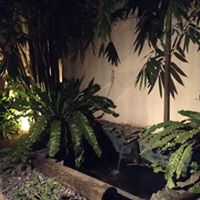Which unit operation is the act of making coffee?
Chemically speaking, making coffee is solid-liquid extraction, where the good stuff is extracted from the ground beans (solid) into water (liquid), producing coffee.
Extraction is a mass transfer unit operation, where substances are transferred from one phase into another. Extraction can be solid-liquid extraction or liquid-liquid extraction. Another name for solid-liquid extraction is leaching.
In making coffee, the caffeine, crema (coffee fat) and other desired substances are extracted from the coffee beans into the hot water. The high temperature of water improves the good stuff on dissolving in the water. Usual device for this is either the coffee pan or coffee maker, but also espresso or percolator or similar devices may be used. Note that unit operations are physical reactions, not chemical reactions.
Distillation is a separative mass transfer unit operation, where the carrier phase (liquid) is heated to its boiling point and the substance to be separated boils off. It is then condensed and collected. Both distillation and extraction can be used on separating the desired substance from the carrier phase or purifying the carrier phase from impurities.
Absorption is a unit operation where substances are separated from liquids or gases into solids.
Crystallization is a unit operation where solids are separated from liquids by evaporating the carrier phase. The solids emerge as crystals.
More Info:
en.wikipedia.org



